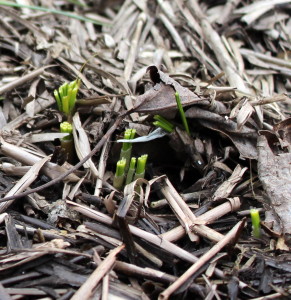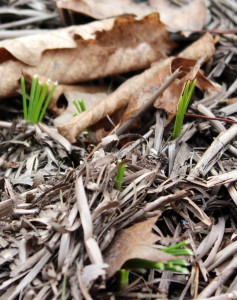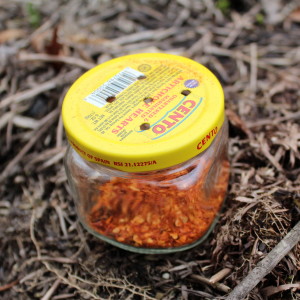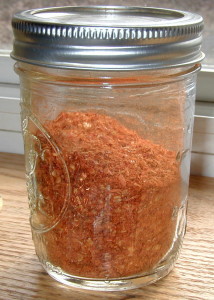
Sprinkling hot pepper flakes around your favorite plants, be they flowers or vegetables, may just save them from the nibbling pests that visit flower beds and gardens. Rabbits, squirrels, deer and even slugs may be deterred from eating your prized plant leaves when they taste a little heat. Hot peppers are easy to use and they can be a safe, natural repellent.
Hot peppers may or may not be to your liking, but the flakes are easily washed off leaves and vegetables so you don’t have to ingest any if they bother your tongue or tummy.
It’s so easy to “make” hot pepper flakes. Here’s how we did it….
- Grow peppers in a garden – it doesn’t matter what kind as long as they are hot.
- Harvest peppers near the end of the growing season.
- String them up for drying or lay the peppers out on a tray for a couple of weeks.
- Collect the dried peppers and remove strings if used for tying.
- Cut off the stems and toss the rest of the dried peppers into a blender.
- Cap the blender and grind the peppers to flakes or smaller.
- Transfer the hot pepper flakes to a container with a perforated lid.
- Sprinkle the flakes all around the plants that you want to protect.
- Enjoy your flowers and vegetables!
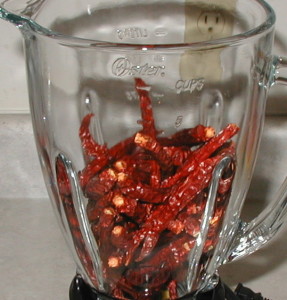
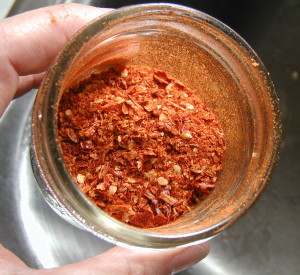
Hot peppers can be used as a safe, natural repellent. Rabbits, deer and squirrels do not repeatedly eat spicy hot food, so they won’t go out of their way to come back to your flower beds once you sprinkle on the hot pepper flakes. Give it a try!
